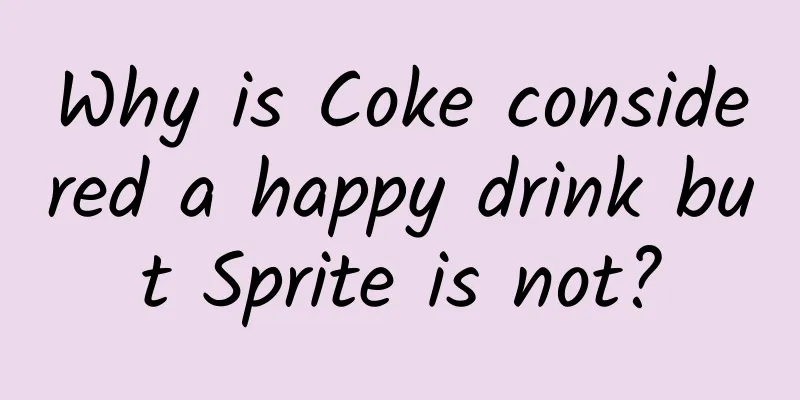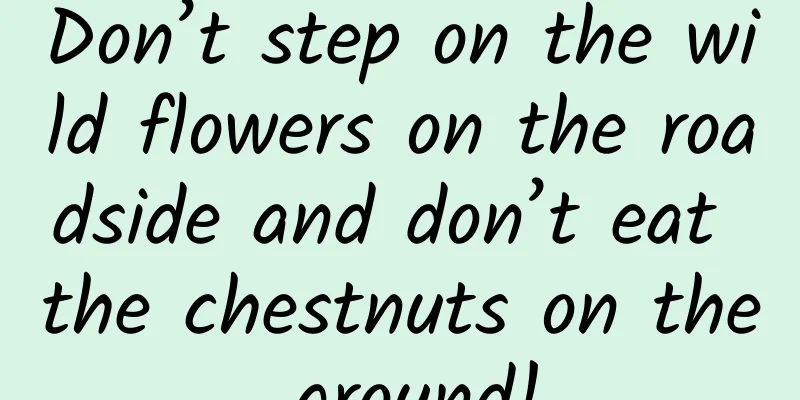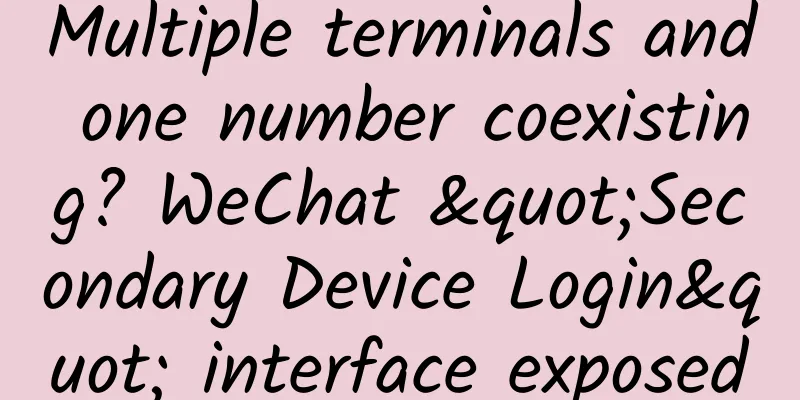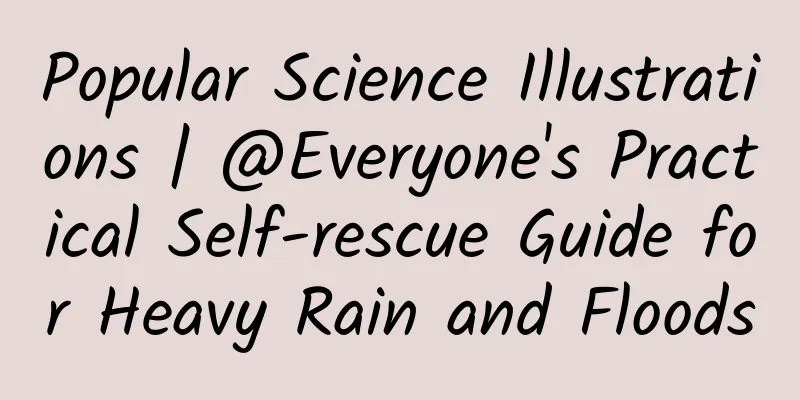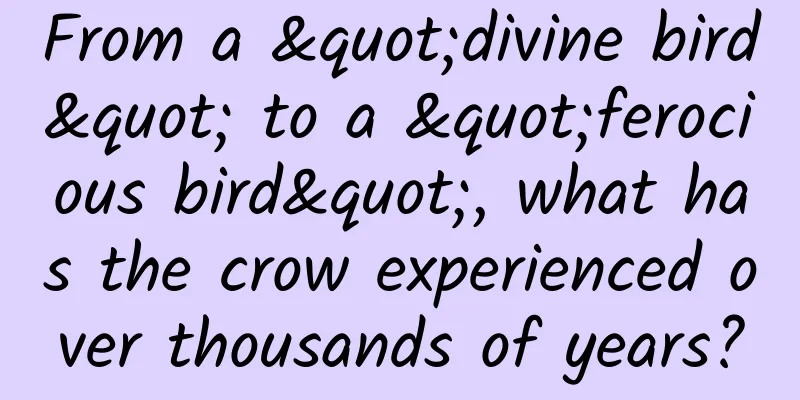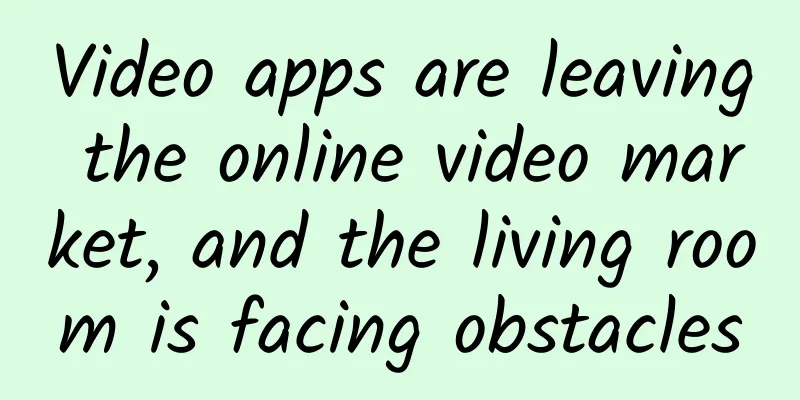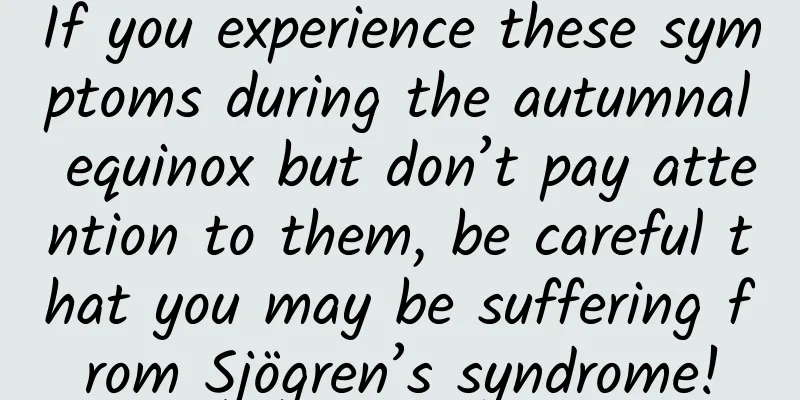UI Development Trends in 2020: Declarative UI to Rule Them All
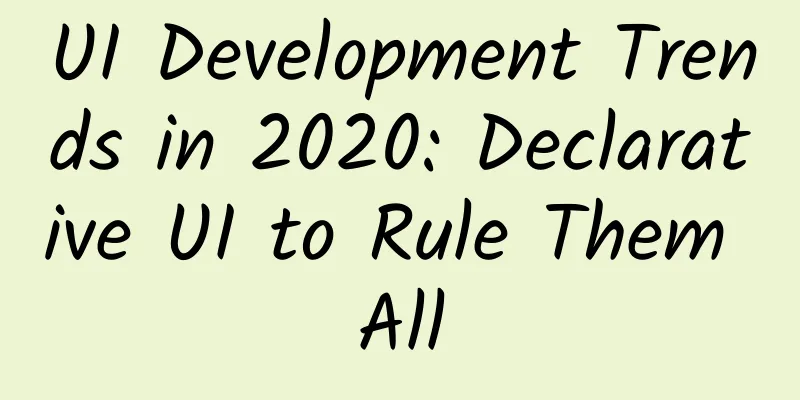
|
In 2020, it seems that the main players in UI development agree on how we (developers) should design the UI (User Interface) of an app or web app. In this article, I will show you the current UI development trends in 2020 with different frameworks and environments and summarize them. Later, I will look at UI development trends in Java/GWT/J2CL. Design Trends in UI 1. SwiftUI SwiftUI revolutionizes the whole UI development in the Apple world. Being native on all Apple platforms, having all these great design tools, setting a very high standard for UI development. Also moving from imperative UIKit/AppKit/WatchKit to declarative design to make UI development easier and more straightforward. So how do you implement UI today? You describe your user interface through text. If you need state, you tag a variable with @State and then use it to write something to it, like $name. To read something, we just need to use (name). This is what we call "two way binding". So every time we write something to a TextField, the variable name gets updated and the Text that uses that variable gets automatically updated as well. > SwiftUI with Two Ways Binding "name" 2. Android Jetpack Compose By adding Android Jetpack Compose to the UI development area of Android, Android UI development follows the SwiftUI way. Since Kotlin is better than Java, Jetpack Compose only uses Kotlin (no Java implementation)? I don’t agree that we can only do this kind of UI development in Kotlin, but Google seems to want to push Kotlin above Java in Android development and will not implement the same features for Java developers. > Android Jetpack Compose UI Development with Kotlin (Source: https://bit.ly/3gJUiPJ) If we look at the structure of the code in Jetpack Compose, it does look similar to SwiftUI. You have a different syntax, but overall the structure and implementation is very similar. Both ways of data binding are also simply implemented using the @Model annotation. 3. Flutter Flutter's overview is a good one that tells us what the difference is between imperative and declarative UI development. > Flutter Declarative UI and Structure (Source: https://bit.ly/3ndrt0E) Flutter uses Dart as a programming language, and it has a good structure for developing UIs. Again, the structure is very similar to the other two frameworks before it. As you can see in this Flutter example, Flutter is not as easy to use compared to SwiftUI only in the "two data binding" way. Next stop: Web applications After seeing the following three frameworks: SwiftUI, Android Jetpack Compose, and Flutter, we can summarize the following points:
|
<<: WeChat 7.0.22 is officially updated! The features you want are finally here
>>: The history of mobile radio communication development in one breath
Recommend
China's new energy vehicle market begins to move towards high-end, and domestic brands face the darkness before dawn
On June 5, Audi China General Manager Wei Yongxin...
Qualcomm's opportunity to enter the server chip market
Qualcomm's business model in the mobile phone...
Four steps of community operation: Taking the operation of King of Glory group as an example
When operating a community , the following steps ...
The Douyin live broadcast operator taught by teachers A Tao and Chu Xin is worth 6980 yuan
A brief introduction to the resources of Douyin l...
The content community operation logic of Xiaohongshu!
In 2012, cross-border e-commerce was in its infan...
The expensive "ruby", can we achieve cherry freedom this year?
Review expert: Wang Kang, Director of the Science...
Can consumption be doubled by optimizing information flow using these 3 copywriting tricks?
Today we are going to talk about the black techno...
Konka's feature film "Our Motto" is launched, focusing on cutting-edge technology to help the industry break through
Affected by factors such as the weak real estate ...
3 pitfalls of community operation
Community products have natural advantages in use...
The Double 11 marketing of this e-commerce company is a little different from that of Tmall and JD.com
Since the rapid development of the Internet indus...
Google Now employees leave due to dissatisfaction with new CEO's restructuring plan
[[146724]] Google announced a major reorganizatio...
Standardized use, no mistakes! 2022 version of standard map released
August 29th is the 19th National Surveying and Ma...
Tik Tok short video promotion plan and channels!
Why is the content of my short video very good, b...
Zero-based flat texture style commercial illustration tutorial
In modern society, commercial illustrations are a ...
The implementation and methods of community operation!
WeChat, Weibo, Douyin, Tieba, these products are ...
